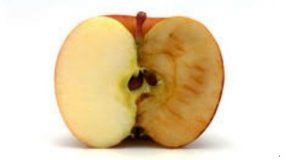
Paper Chromatography Experiment for kids
Paper chromatography is an analytical chemistry technique for separating and identifying mixtures that are or can be colored, especially pigments. This can also be used in secondary or primary colors in ink experiments. This method has been largely replaced by thin layer chromatography, however it is still a powerful teaching tool. Two-way paper chromatography, also called two-dimensional chromatography, involves using two solvents and rotating the paper 90° in between. This is useful for separating complex mixtures of similar compounds, for example, amino acids.
Reference :Wikipedia
A Description
Paper chromatography is one method for testing the purity of compounds and identifying substances. Paper chromatography is a useful technique because it is relatively quick and requires small quantities of material.

A paper chromatography experiment.
Separations in paper chromatography involve the same principles as those in thin layer chromatography. In paper chromatography, like thin layer chromatography, substances are distributed between a stationary phase and a mobile phase. The stationary phase is usually a piece of high quality filter paper. The mobile phase is a developing solution that travels up the stationary phase, carrying the samples with it. Components of the sample will separate on the stationary phase according to how strongly they adsorb to the stationary phase versus how much they dissolve in the mobile phase.






